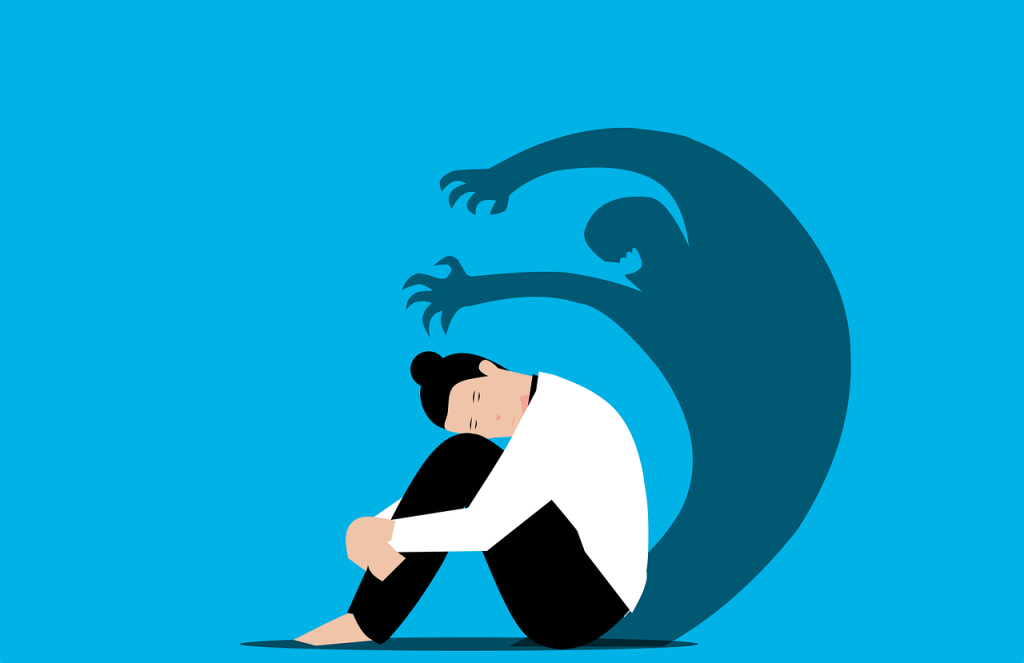NOM-035-STPS-2018, Psychosocial Risk Factors in the Workplace – Identification, Analysis, and Prevention, is an official Mexican standard that establishes the elements for identifying, analyzing, and preventing psychosocial risk factors in the workplace, as well as promoting a favorable organizational environment in workplaces.
The standard came into effect on October 23, 2019, and applies to all public and private companies with 15 or more employees.
NOM-035 stipulates that companies must conduct an identification and analysis of psychosocial risk factors in the workplace, as well as implement prevention measures to reduce them.
Psychosocial risk factors are those that can cause harm to the physical and mental health of workers, such as:
- Work-related stress
- Workplace violence
- Workplace harassment
- Mobbing
- Workplace discrimination
- Poor quality of work life
NOM-035 establishes that companies must conduct an identification and analysis of psychosocial risk factors in the workplace, as well as implement prevention measures to reduce them.
Preventive measures that companies can implement include:
- Establishing policies and procedures to prevent psychosocial risk factors.
- Providing training to workers on psychosocial risk factors and how to prevent them.
- Creating a healthy and positive work environment.
- Offering psychological support to workers in need.
NOM-035 is an important tool for preventing harm to the physical and mental health of workers. Companies that comply with the standard will be contributing to creating a safer and healthier work environment for their employees.
The benefits of complying with NOM-035 include:
- Reducing the risk of workplace accidents and illnesses.
- Improving worker productivity.
- Increasing worker job satisfaction.
- Reducing absenteeism.
- Enhancing the company’s image.
NOM-035 is a standard that benefits everyone: companies, workers, and society as a whole.
What is a psychosocial risk factor?
A psychosocial risk factor is an element that can cause harm to the physical and mental health of workers. Psychosocial risk factors can be individual, organizational, or environmental.
Individual psychosocial risk factors include:
- Worker personality.
- Family and personal backgrounds.
- Worker’s physical and mental health conditions.
Organizational psychosocial risk factors include:
- Organizational structure.
- Organizational culture.
- Organizational climate.
- Work management.
- Labor relations.
Environmental psychosocial risk factors include:
- Noise.
- Lighting.
- Temperature.
- Humidity.
- Ventilation.
- Exposure to chemicals.
What are the effects of psychosocial risk factors?
Psychosocial risk factors can cause a range of negative effects on the physical and mental health of workers, such as:
- Work-related stress.
- Anxiety.
- Depression.
- Sleep disorders.
- Cardiovascular disorders.
- Musculoskeletal disorders.
- Addictions.
- Work-related accidents.
- Occupational diseases.
How can psychosocial risk factors be prevented?
Psychosocial risk factors can be prevented through various measures, such as:
- Establishing policies and procedures to prevent psychosocial risk factors.
- Providing training to workers on psychosocial risk factors and how to prevent them.
- Creating a healthy and positive work environment.
- Offering psychological support to workers in need.
What are the benefits of complying with NOM-035?
Companies that comply with NOM-035 will gain several benefits, such as:
- Reducing the risk of workplace accidents and illnesses.
- Improving worker productivity.
- Increasing worker job satisfaction.
- Reducing absenteeism.
- Enhancing the company’s image.
BLMHRM has a module where employees can complete the corresponding NOM-035 forms in a fully customized manner, allowing companies to comply with regulations and present the corresponding evidence in case of an audit.

